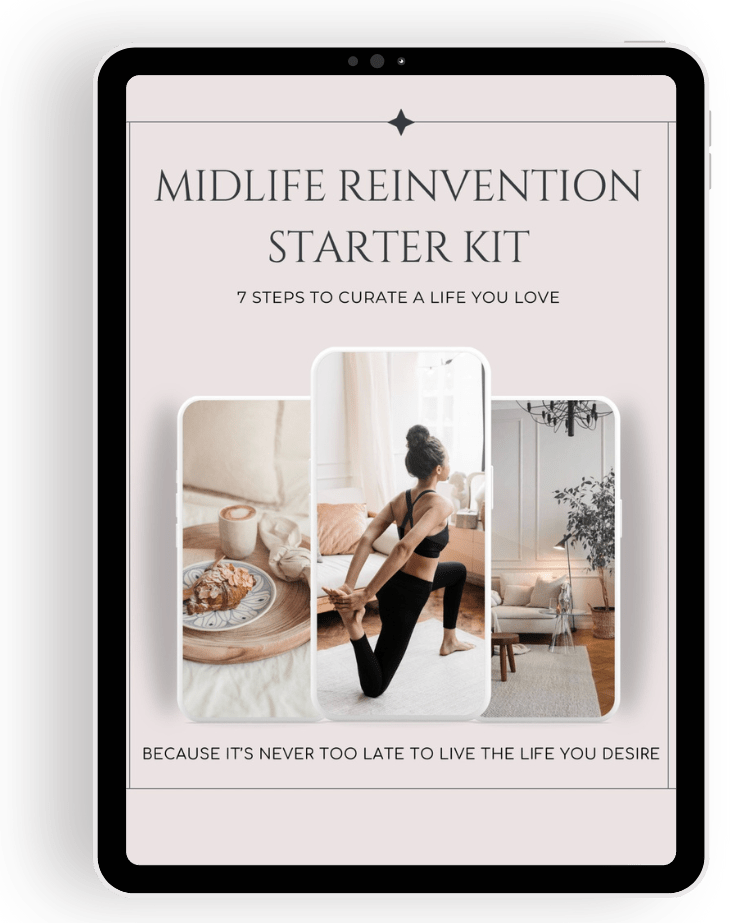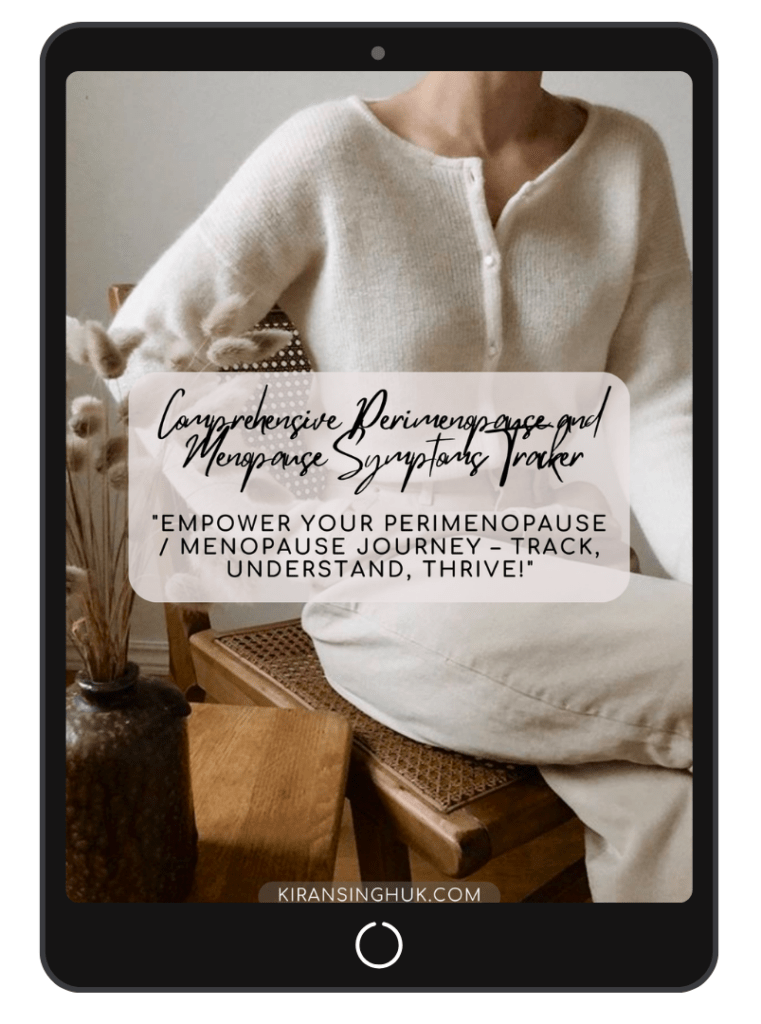Colour is a powerful element in our lives, profoundly affecting our emotions, perceptions, and overall well-being. From the vibrant hues of a sunset to the calming tones of a serene landscape, colours influence our mood, behaviour, and even our physical health. Understanding and utilising the benefits of colour can enhance our living spaces and improve our quality of life.

The Benefits of Colours in Our Lives
Colours have the ability to evoke specific emotions and create particular atmospheres. For instance, warm colours like red, orange, and yellow are often associated with energy, warmth, and positivity. They can stimulate the mind and increase enthusiasm. On the other hand, cool colours such as blue, green, and purple are linked to calmness, relaxation, and tranquility. These colours can reduce stress and promote a sense of peace.
Scientific studies have shown that colours can impact our psychological state. For example, blue light has been found to improve alertness and cognitive function, making it ideal for workspaces. Green, often associated with nature, can reduce anxiety and promote relaxation, making it suitable for bedrooms and living areas. Moreover, colours can influence our physical health; red, for instance, can increase circulation and energy levels, while blue can lower blood pressure and heart rate.

Understanding the Colour Wheel
The colour wheel is a fundamental tool for understanding the relationships between colours. It is divided into primary, secondary, and tertiary colours:
- Primary Colours: Red, blue, and yellow. These colours cannot be made by mixing other colours.
- Secondary Colours: Green, orange, and purple. These are created by mixing two primary colours.
- Tertiary Colours: These are made by mixing primary and secondary colours, resulting in hues like red-orange, yellow-green, and blue-purple.
Colours opposite each other on the colour wheel are called complementary colours, and they create a vibrant look when paired together. Analogous colours, which are next to each other on the wheel, create harmonious and pleasing combinations.

10 Tips to Incorporate Colours into Your Home
- Define the Mood: Decide on the mood you want to create in each room. Use warm colours for energetic, social spaces like the living room or kitchen, and cool colours for areas meant for relaxation, such as bedrooms and bathrooms.
- Accent Walls: Choose a bold colour for one wall in a room to create a focal point without overwhelming the space. This can add depth and interest to your interiors.
- Colourful Accessories: Incorporate colourful cushions, rugs, and artwork to add pops of colour without committing to painting walls. These items are easily changeable and can refresh the look of a room.
- Natural Elements: Bring in natural elements like plants and flowers, which add green hues and contribute to a calming atmosphere.
- Layering Shades: Use different shades of the same colour to create a cohesive and sophisticated look. For instance, varying shades of blue can add depth and interest to a room.
- Lighting Effects: Consider how natural and artificial light affects the colours in your room. Lighting can change the perception of colour, making it appear warmer or cooler.
- Seasonal Changes: Change your colour scheme with the seasons. Use lighter, brighter colours in the spring and summer, and switch to deeper, warmer tones in the fall and winter.
- Colourful Furniture: Invest in one or two pieces of colourful furniture to act as statement pieces in your room. This can be a vibrant sofa, a bold armchair, or even a brightly coloured coffee table.
- Painted Ceilings: Don’t neglect the ceiling. A painted ceiling can add a surprising and delightful element to a room, especially if the walls are kept neutral.
- Personal Preference: Ultimately, choose colours that you love and that make you feel good. Your personal connection to a colour is crucial in creating a space where you feel comfortable and happy.
In conclusion, colours are not just decorative elements but powerful tools that can enhance our living environments and well-being. By understanding the impact of different colours and how to effectively incorporate them into our homes, we can create spaces that reflect our personalities and promote positive emotions. So, embrace the vibrant spectrum of colours and let them add life to your living.


Feel free to sign up to my Friday Morning Love Note HERE! This isn’t just a newsletter - it’s your invitation to pause, reflect, and realign with you. Every week, we’ll journey together to uncover the small, meaningful shifts that will help you design a life that feels uniquely and beautifully yours. Each week, I’ll deliver fresh intentions, uplifting tips, and simple shifts to inspire purposeful, creative living.


 The Midlife Reinvention Starter Kit
The Midlife Reinvention Starter Kit

